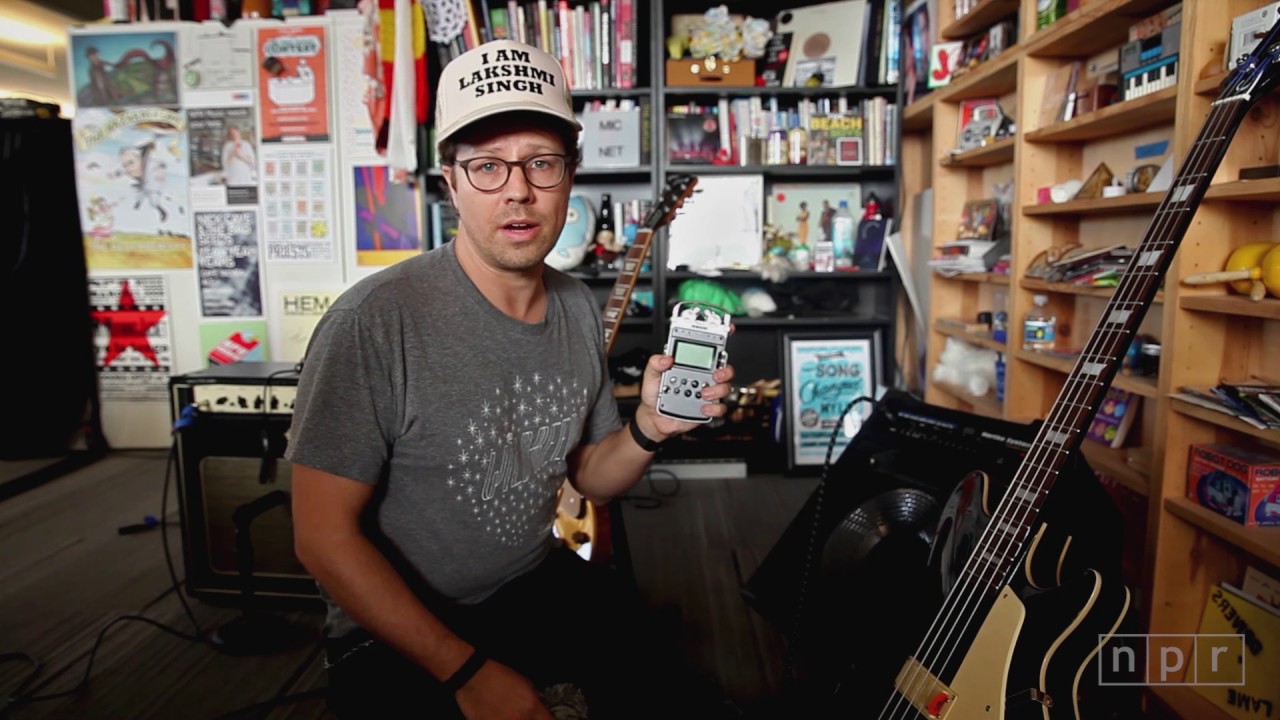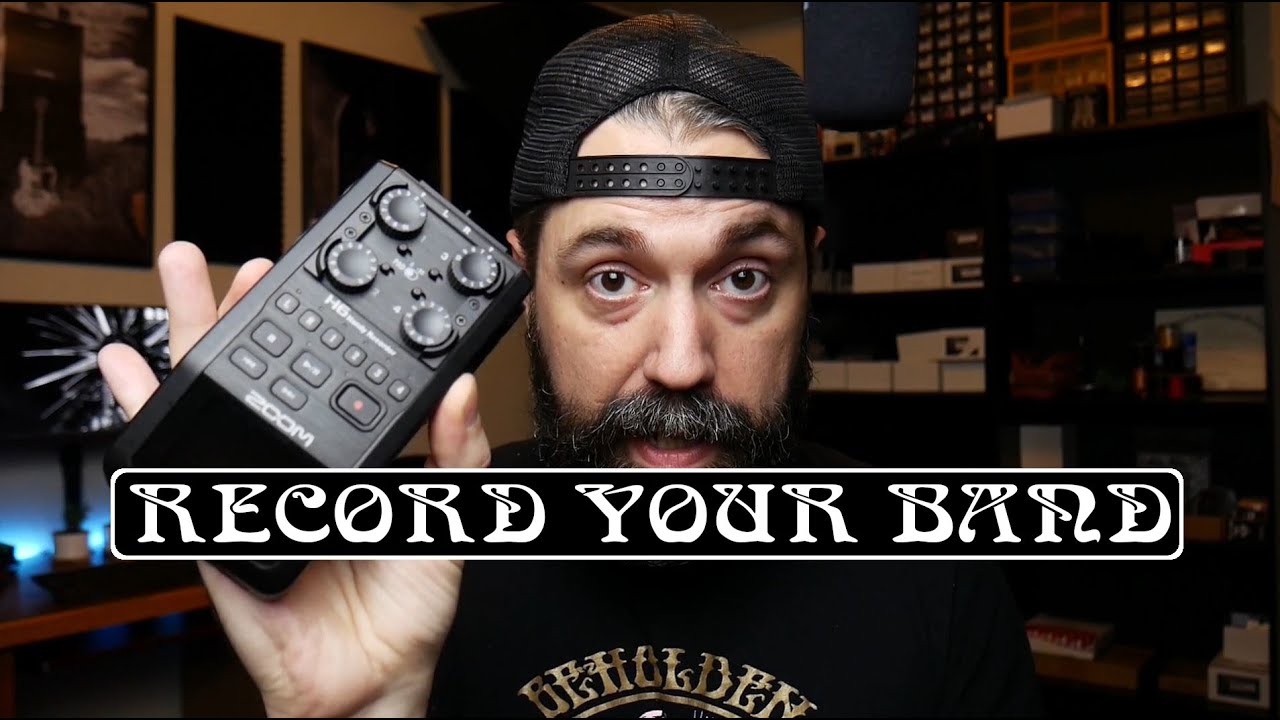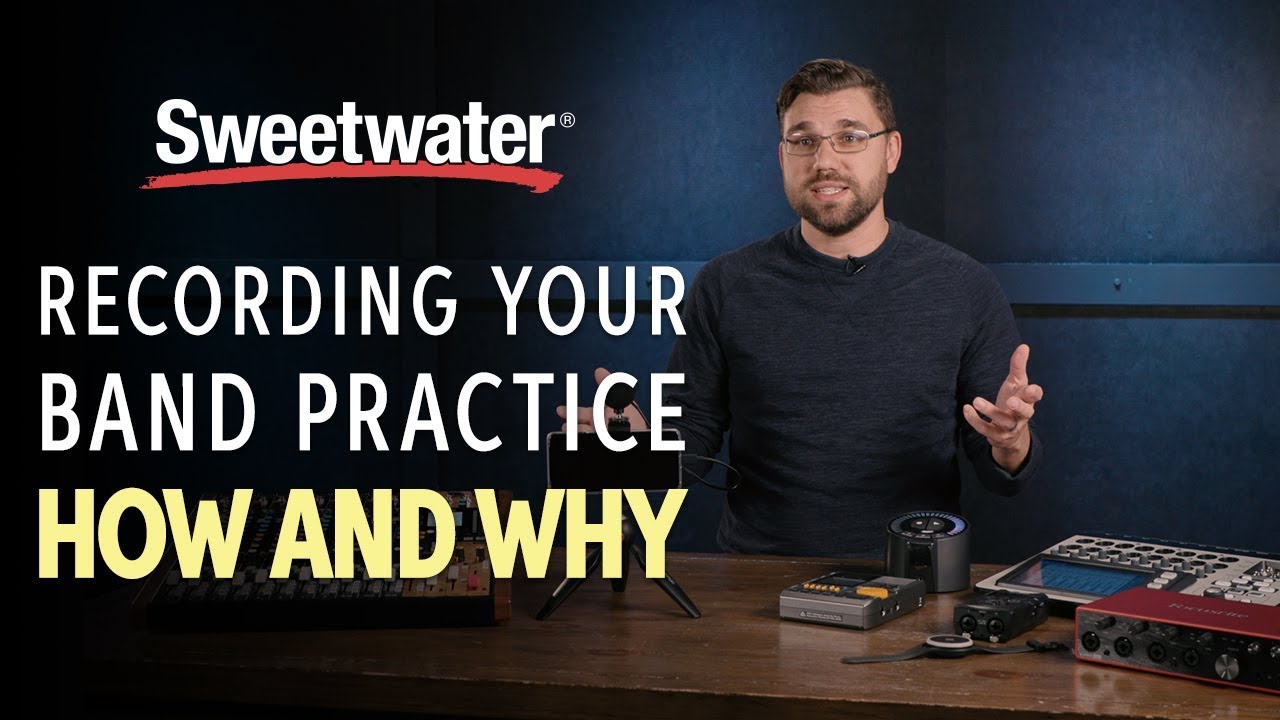Live music performances are often unforgettable experiences that leave us with memories that last a lifetime. Whether it's a rock concert, a jazz festival, or an intimate acoustic performance, the energy and emotion of a live show can be exhilarating. Fortunately, with modern technology, it's now possible to capture the magic of a live performance with high-quality live music recording. In this article, we'll explore the benefits of live music recording, the equipment needed, and the best practices for recording live music.
Why Record Live Music?
There are many reasons why someone might want to record a live music performance. For musicians, recording a live show is an excellent way to document their skills and showcase their talent to a wider audience. It's also an opportunity to create a live album or EP that captures the energy and spontaneity of a live performance. For fans, live music recording provides a way to relive a memorable show or share it with friends who couldn't attend the event. Additionally, live music recording can serve as a valuable resource for music historians and researchers.
Equipment Needed For Live Music Recording
Recording a live music performance requires a set of specialized equipment to capture the sound accurately. Here's a list of the essential equipment needed for live music recording:
Mic Devices
Microphones are the most critical piece of equipment for live music recording. They capture the sound of the instruments, vocals, and audience. There are many types of microphones available for live music recording, including dynamic, condenser, and ribbon microphones. Each typehas its own unique characteristics and is suitable for different recording scenarios.
Mixer Or Audio Interface
A mixer or audio interface is needed to connect the microphones to a recording device, such as a digital audio recorder or a laptop. The mixer allows the sound engineer to adjust the levels of each microphone and create a balanced mix.
Recording Device
A recording device is required to capture the audio signals from the microphones. This can be a digital audio recorder or a laptop with a digital audio workstation (DAW) software installed.

How We Record Audio At The Tiny Desk
Cables And Accessories
Cables and accessories such as mic stands, pop filters, and shock mounts are also needed for live music recording. Good quality cables are essential to prevent signal loss and interference. Mic stands and shock mounts are required to keep the microphones stable and prevent handling noise.
To Do List In Music Recording
Recording a live music performance can be a challenging task, but following some best practices can help ensure a successful recording. Here are some tips for live music recording:
Location
The location of the recording is critical to the quality of the recording. Choose a spot that provides a good balance of the instruments and vocals, and a clear sound of the audience. Avoid locations that have too much background noise or reverberation.
Mic Placement
Mic placement is crucial to capturing the sound accurately. Place the microphones in front of each instrument and vocalist, and adjust the levels to create a balanced mix. Experiment with different microphone placements to find the best sound.
Soundcheck
Before the performance, do a soundcheck to ensure that all the microphones are working correctly, and the sound levels are balanced. This will prevent any issues during the performance and ensure a high-quality recording.
Monitor The Recording
During the performance, monitor the recording to ensure that the levels are consistent and there are no technical issues. Keep an eye on the recording device and adjust the levels as needed.
Post-Production
After the performance, post-production is required to edit the recording and create a final mix. Post-production involves editing the audio recording to remove any unwanted sounds or noise, adjust the levels, and create a final mix. This process can be done using a DAW software, such as Pro Tools or Logic Pro. The following are some of the essential steps involved in post-production:
Editing
In the editing phase, the recording is analyzed to remove any unwanted sounds or noise. This process involves cutting out sections of the recording that are not needed, such as silence between songsor stage banter that may not add value to the final product.
Mixing
Mixing involves adjusting the levels of the different audio tracks to create a balanced mix. The goal is to make sure that all the instruments and vocals are audible, and there is no clipping or distortion. Mixing also involves adding effects such as reverb or delay to enhance the sound.
Mastering
Mastering is the final step in post-production, where the audio recording is polished to make it sound professional. This process involves equalizing the frequency spectrum, compressing the audio, and adding a limiter to prevent clipping. Mastering also involves adding metadata to the audio file, such as artist name, album title, and track titles.
Equipment Required For Live Music Recording
To capture high-quality audio recordings of live music, you need to have the right equipment. Some of the essential equipment required for live music recording includes:
Microphones
Microphones are essential for capturing the sound of the instruments and vocals. For live music recording, you need high-quality microphones that can handle the high sound pressure levels of a live show. Some of the popular microphone types used for live music recording include dynamic microphones and condenser microphones.

How To Record Your Band Live
Audio Interface
An audio interface is a device that connects your microphones and other audio equipment to your computer. It converts the analog audio signal into a digital signal that can be recorded and processed by a DAW software.
Digital Audio Workstation (DAW) Software
A DAW software is essential for post-production. It allows you to edit and mix the audio recording, add effects, and create a final mix. Some popular DAW software for live music recording include Pro Tools, Logic Pro, and Cubase.
Headphones
Headphones are essential for monitoring the audio recording during the live show and post-production. They allow you to hear the audio recording in detail and make accurate adjustments during post-production.
Best Practices For Live Music Recording
To ensure you capture the best possible audio recording of a live show, there are some best practices you should follow. These include:
Choosing The Right Location
The location of the recording can have a significant impact on the quality of the recording. Choose a location that has good acoustics and is free from any unwanted sounds or noise.
Positioning Of Microphones
The positioning of the microphones is crucial for capturing the sound of the instruments and vocals accurately. Experiment with different microphone positions to find the best sound.
Monitor The Sound Levels
It's essential to monitor the sound levels during the live show to avoid clipping or distortion. Use a sound level meter to ensure that the sound levels are within a safe range.
Record In High-Quality Format
Always record in high-quality formats, such as WAV or AIFF, to ensure that you capture all the details and nuances of the performance.
Post-Production For Live Music Recording
Post-production is a crucial step in live music recording. It involves editing the audio recording to remove any unwanted sounds or noise, adjusting the levels, and creating a final mix. This process can be done using a DAW software, such as Pro Tools or Logic Pro.

Recording Your Band Practice: How and Why
People Also Ask
What Is The Best Way To Record Live Music?
The best way to record live music depends on the specific situation and desired outcome. However, some general best practices include choosing the right location with good acoustics, positioning the microphones to capture the sound of the instruments and vocals accurately, and monitoring the sound levels to avoid clipping or distortion. It's also essential to record in high-quality formats and follow post-production best practices to create a polished final product.
What Do I Need To Record Live Music?
To record live music, you need essential equipment such as microphones from smartphones, an audio interface, and a DAW software for post-production. Additionally, headphones and a sound level meter can be useful tools. It's also essential to choose the right location, experiment with microphone positions, and monitor the sound levels during the live show.
How To Do Live Band Recording?
To do live band recording, you need to follow some best practices, such as choosing the right location, positioning the microphones correctly, and monitoring the sound levels. Set up your equipment, including microphones, audio interface, and headphones, and record the live show in high-quality formats such as WAV or AIFF. After the recording, use a DAW software for post-production, including editing, mixing, and mastering to create a polished final product.
Conclusion
Live music recording is an excellent way to capture the magic of a live performance and share it with others. With the right equipment and best practices, it's possible to create high-quality recordings that capture the energy and emotion of a live show. Whether you're a musician looking to showcase your talent, a fan who wants to relive a memorable show, or a researcher looking to document musical history, live music recording is an essential tool. So, go ahead and capture the magic of your next live performance with live music recording.